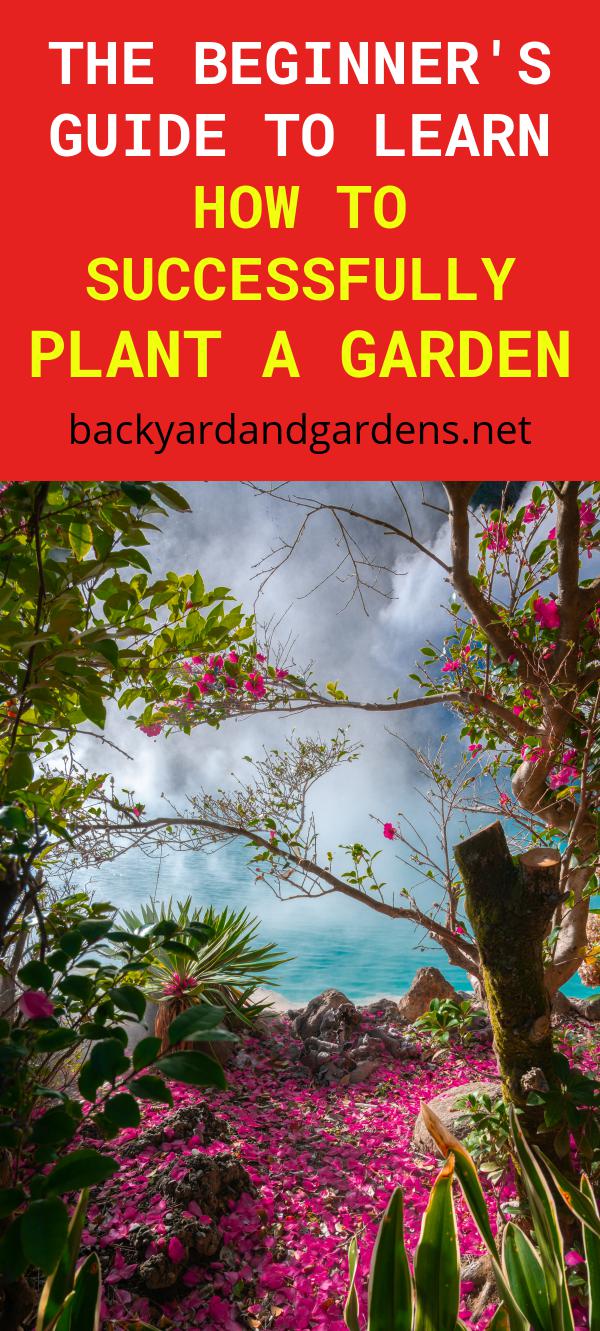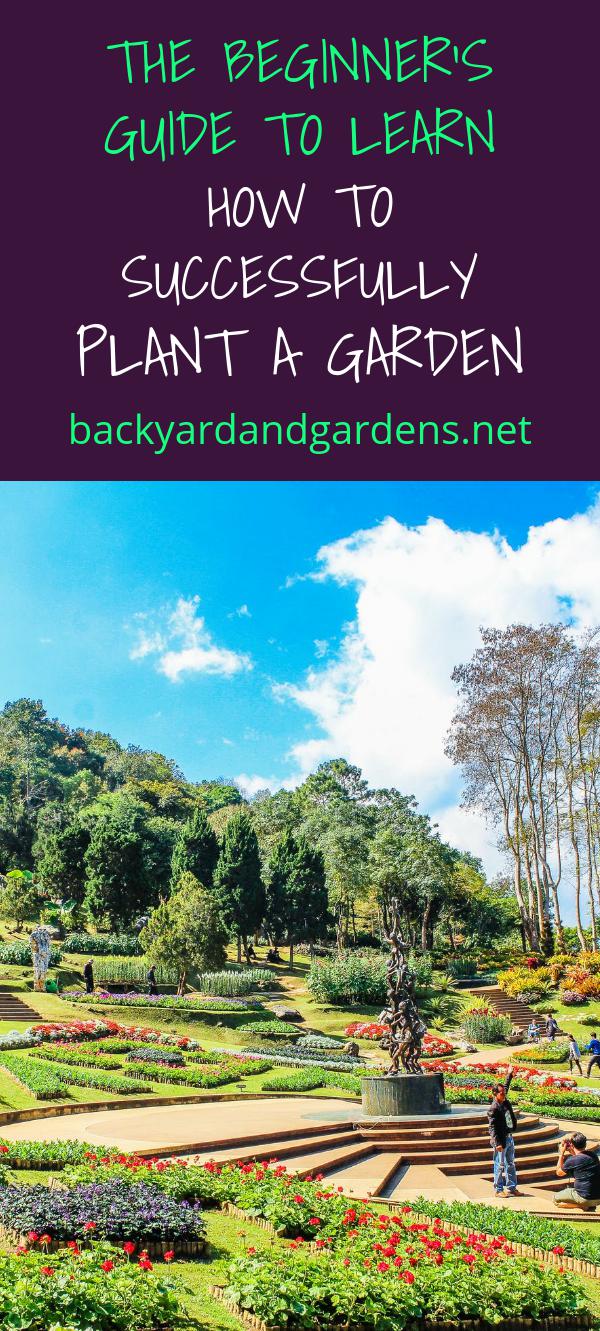The Beginner’s Guide to Learn how To Successfully Plant a Garden
When it comes to the best gardening tips, planting a garden requires as much or more attention than you would give to the plant itself. In this article, I will give you a few tips on how to successfully plant a garden, whether you’re planning for yourself or a family member or friend.
When planting a garden, you should first start by knowing what type of plants you wish to grow, and what the growing season is, i.e. your ideal time of year to plant, or you may want to plant year-round, so know when the best time to plant is, and the best time of year to harvest your fruits and vegetables.

Next, decide where you want to plant your garden. Consider the soil in which the plants will be planted, and where you want your garden to sit. Is your garden going to be on the ground? Is it going to be on a trellis?
For a garden that will sit on a trellis, the soil must be slightly looser than soil used for a bare soil garden. A wide, flat blade of grass or another plant to provide an anchor for the trellis will be needed. Your garden plot will be in the ground until spring comes, and then the roots of the grass or the trellis can begin to take root.
Planting a garden should include the mulching of the soil before planting. Mulching will keep weeds from growing, and help to retain moisture so that the roots of the plants do not get dry. Mulching is also beneficial for controlling pests and insects.
Pots of peat moss can be placed around the base of the plant to serve as an additional moisture reservoir. Be sure to mulch the moss with peat-moss; do not use other types of moss for this purpose.
To plant your garden, you will need to dig a hole six inches deep. To plant, spread the seedling gently out over the seedlings, but do not pack them down too tight, as this will kill the seedlings. You will also want to sow seeds on the sides of the garden so that in the fall, the plants will have plenty of room to grow.
It is important to plant seedlings where they will receive the greatest amount of sun, as well as soil drainage. After planting, water the seedlings daily, until they appear green, and then continue to water the seedlings if necessary.
Once the garden is planted, you will need to place planter boxes around the garden, and that will cover the bare soil. If you wish to plant grass in the garden, you will need to pull up the grass plants and plant them in the planter boxes, while they are still young. It’s best to spread seeds over several pots so that you will have plenty of room to grow the grass.

After you have planted the garden, you will want to make sure to pull up all the grass and plant any seeds that you plan to plant. Then you will want to gather all the leaves from the garden and bring them back to the garden to add to the compost you made before planting.
Finally, once the garden is planted, you can enjoy the fruits and vegetables from your efforts. If you want to try growing herbs and flowers in your garden, you will want to read my article on growing herbs and flowers in your garden.
